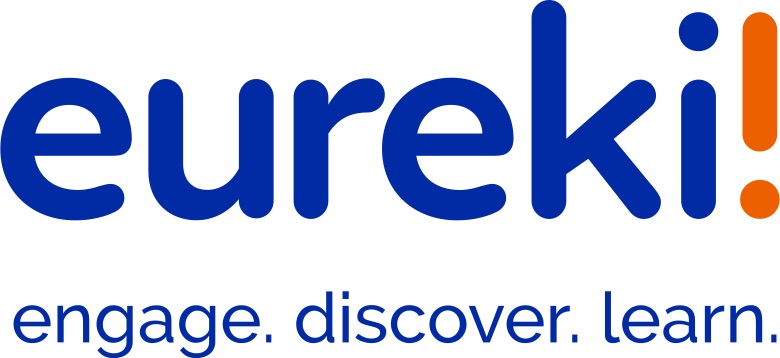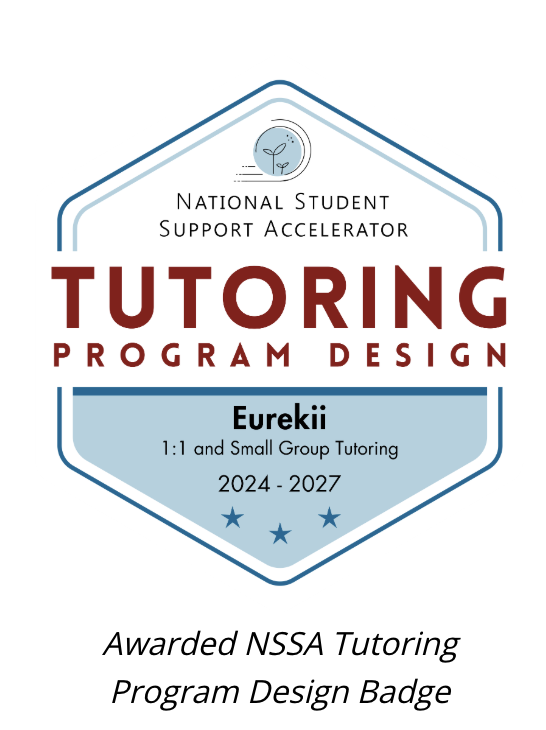Training Paraprofessionals as High-Impact Tutors: Unlocking Potential for Student Success
Training Paraprofessionals as High-Impact Tutors: Unlocking Potential for Student Success
The role of paraprofessionals in schools is evolving. Traditionally seen as classroom aides, paraprofessionals are increasingly being recognized as a vital part of the educational team, particularly in the realm of high-impact tutoring. This blog explores how paraprofessionals, with the right training and support, can become effective high-impact tutors, enhancing student achievement and contributing to a more equitable education system
The Case for Paraprofessionals as Tutors
Paraprofessionals are already integral to many schools, providing a range of support services under the supervision of certified teachers. These roles often include administrative support, classroom management, and one-on-one assistance for students with special needs or those requiring additional help. Given their existing presence in schools and familiarity with students and staff, paraprofessionals are well-positioned to step into tutoring roles.
High-impact tutoring has emerged as one of the most promising strategies for boosting student engagement and learning outcomes. This approach involves consistent, well-supported tutors who provide tailored, one-on-one or small-group instruction. Research shows that high-impact tutoring can result in significant learning gains, equivalent to several months of additional learning, especially when integrated into the school day. This is particularly beneficial for students who have fallen behind due to the disruptions caused by COVID-19, ensuring that they receive the support they need without additional costs to families.
Benefits of Training Paraprofessionals as Tutors
Training paraprofessionals as tutors offers numerous benefits:
1. Cohesive Experience: Paraprofessionals are already familiar faces in schools. They know the students, understand the school’s culture, and can more easily build relationships. This familiarity allows for a seamless transition into tutoring roles, minimizing the disruption that can occur when external tutors are brought in.
2. Supply of Tutors: There is already a substantial pool of paraprofessionals in schools, particularly in high-need areas. This existing workforce can be more efficiently utilized, reducing the challenges associated with recruiting external tutors.
3. Community Connection and Linguistic Diversity: Paraprofessionals often reflect the racial, ethnic, and linguistic diversity of the communities they serve, which can enhance their ability to connect with students and provide culturally responsive tutoring.
4. Professional Growth: Tutoring provides paraprofessionals with opportunities for professional development and growth. Those interested in pursuing teaching certification can gain valuable experience, making this pathway particularly appealing.
5. Accountability and Sustainability: By training paraprofessionals as tutors, schools can integrate these roles into existing accountability systems, ensuring that tutoring is consistently high quality. Moreover, this approach is sustainable, as it builds on existing human resources, promoting long-term capacity within the school system.
Effective Practices for Training Paraprofessionals
For paraprofessionals to succeed as high-impact tutors, targeted training and ongoing support are crucial. Here are some effective practices for training paraprofessionals:
1. Skill-Focused and Actionable Training: Training should be practical and directly applicable to the tasks that paraprofessionals will perform. It should include explicit, actionable coaching, opportunities for practice, and feedback on day-to-day expectations.
2. Understanding Trauma and Anxiety: Tutors should be trained to create a safe and supportive environment that addresses student anxieties, such as math anxiety or past traumas related to learning. This fosters a supportive atmosphere for mistakes and growth.
3. Content Knowledge: While paraprofessionals may not need specialized knowledge for lower elementary grades, effective tutoring in upper grades requires a stronger understanding of subject content. Training should, therefore, be tailored to the specific needs of the grade levels in which paraprofessionals will work.
4. Use of Technology and Data: Training should also cover the use of technology and data to track student progress and provide targeted support. This ensures that paraprofessionals are equipped to use digital tools effectively and can leverage data to improve student outcomes.
Implementation Strategies
Implementing high-impact tutoring with paraprofessionals requires careful planning and coordination. Here are some strategies to ensure successful implementation:
1. **Pilot Programs**: Begin with pilot programs in select schools to refine the tutoring model and build buy-in from staff. This allows for adjustments to be made before scaling up the program district-wide.
2. Clear Communication and Expectations: Establish clear expectations for paraprofessionals, teachers, and school leaders. Everyone should understand their roles and responsibilities, as well as the goals of the tutoring program.
3. Continuous Support and Development: Provide ongoing coaching and support to paraprofessionals, including regular check-ins and professional development opportunities. This helps to maintain high standards of tutoring and supports paraprofessionals in their roles.
4. Strategic Scheduling: Adjust school schedules to allow for regular tutoring sessions without disrupting core instructional time. This might involve reassigning paraprofessionals to specific grade levels or subjects where their impact can be maximized.
Eurekii’s Role in High-Impact Tutoring
Eurekii is recognized as a leader in the field of high-impact tutoring, particularly in training paraprofessionals. Eurekii’s approach involves rigorous training and continuous support for tutors, ensuring they are equipped with the skills and knowledge needed to make a significant impact on student learning. By partnering with schools and districts, Eurekii has developed a robust model that integrates paraprofessional tutors into existing school frameworks, promoting both student success and professional growth for paraprofessionals.
Eurekii’s program emphasizes the importance of pre-and post-assessment to track student progress, providing tailored support that addresses individual learning gaps. This results-focused approach ensures that tutoring is effective and that students are continuously moving towards their academic goals.
Conclusion
Training paraprofessionals as high-impact tutors presents a unique opportunity to enhance student learning, promote equity, and utilize existing school resources more effectively. With the right training and support, paraprofessionals can become powerful agents of change, helping students to achieve their full potential. Eurekii’s leadership in this area underscores the potential for schools to innovate and adapt to meet the needs of all learners, fostering a brighter future for every student.






